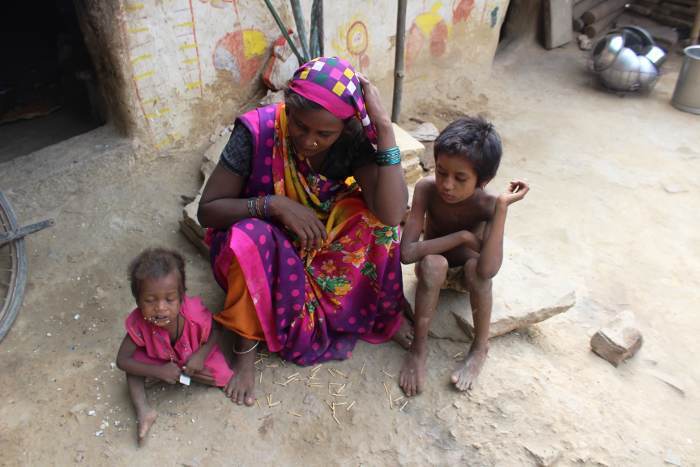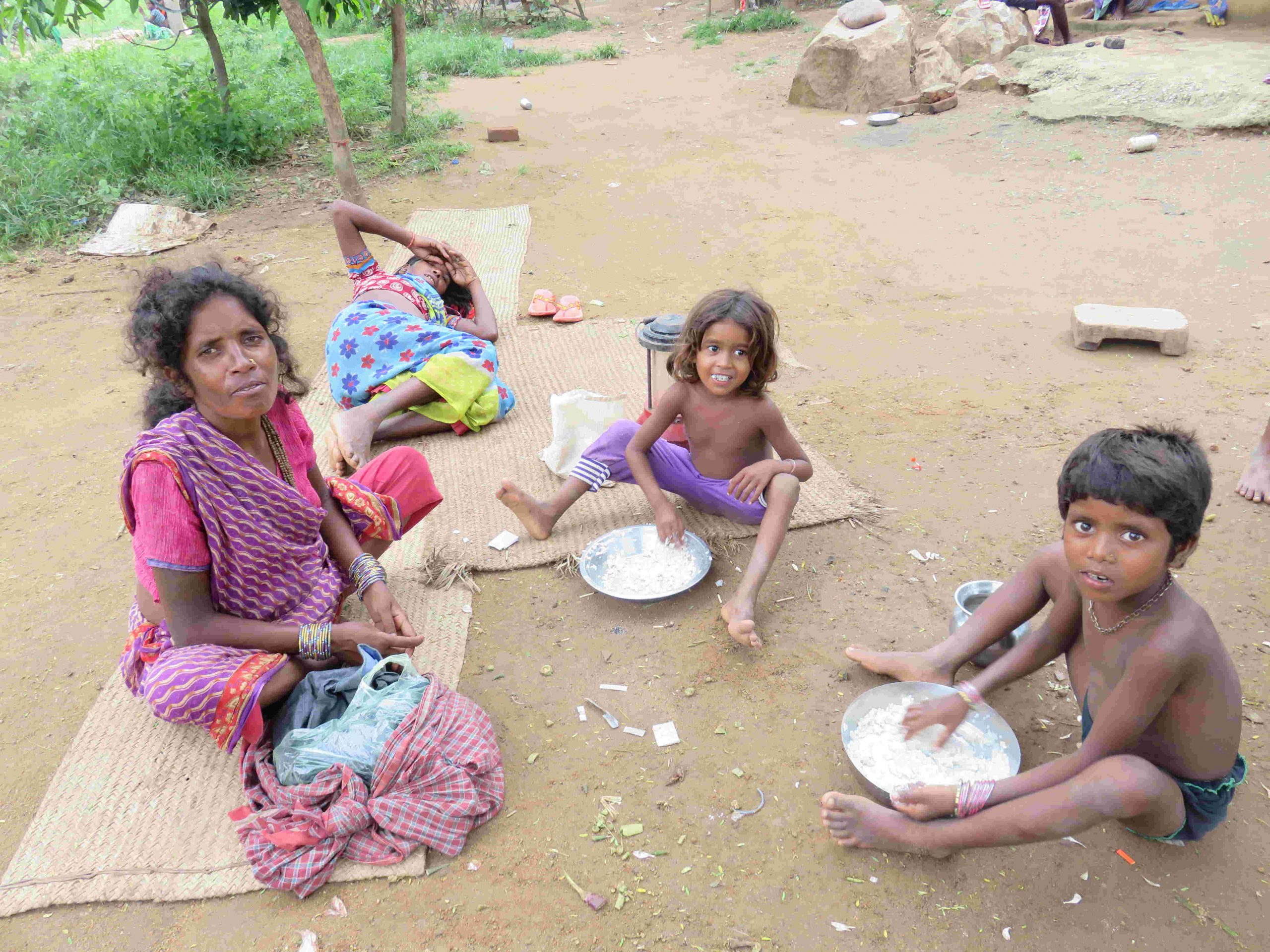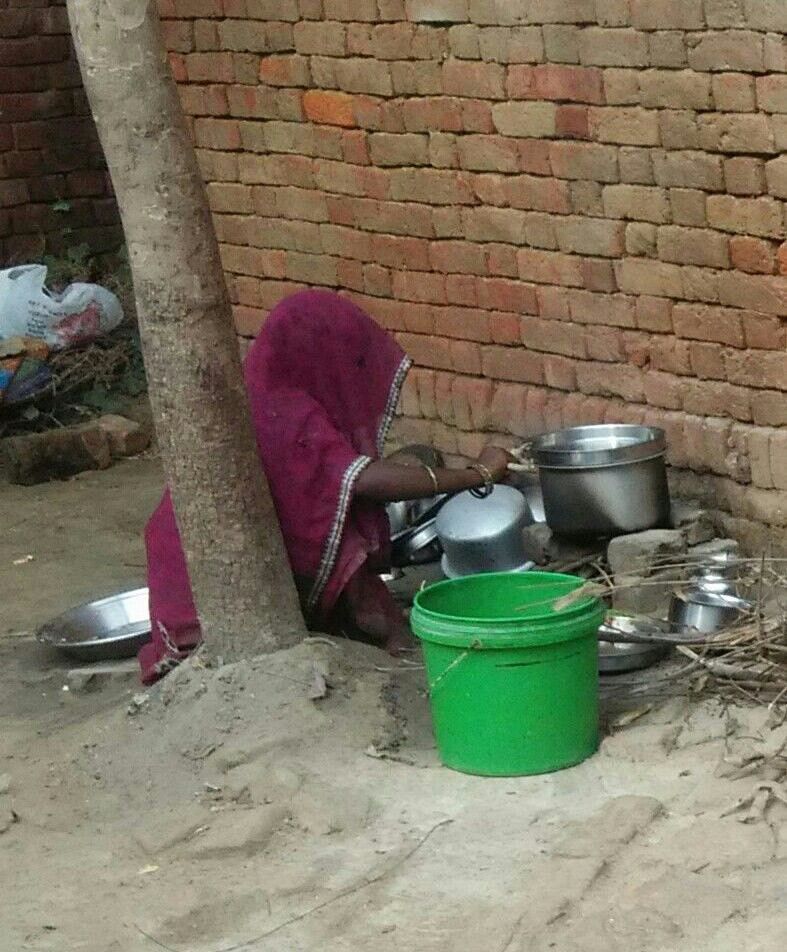The existing schemes to combat malnutrition in India are not sufficient for tribals in Bastar
Common factors like poverty and lack of awareness do exist, but there are many other reasons that are specific to the region and have to be handled with a multidimensional approach
Malnutrition was a problem then, is a problem now and will continue to remain a problem if effective steps are not taken to end it.
Malnutrition mainly affects the vulnerable groups of society, like people below the poverty line, especially women and children. It takes the worst form when an extra layer of vulnerability gets attached to it. That extra layer comes because of the caste factor.
Two communities, the Scheduled Caste and Scheduled Tribe, are always at a higher risk of malnutrition. In Bastar, Chhattisgarh, for example, which is a predominantly a tribal district, malnutrition is rampant.
Bastar has the highest malnutrition in Chhattisgarh. “We have inherited the problem and are committed to eradicating it,” said Chief Minister Bhupesh Baghel while launching the pilot project under the Chhattisgarh Suposhan Abhiyaan in June 2019 in some gram panchayats in Bastar and other forest areas of the state.
Under the scheme, fresh and nutritious food will be provided to the areas covered and, as part of another scheme, tribals will have mobile healthcare facilities in weekly markets. Many other schemes aiming to improve the nutritional status also exist, such as the Chhattisgarh Food Security Scheme.
The Centre also seems committed towards the eradication of malnutrition with missions like the National Health Mission, National Nutrition Mission, etc, under which various schemes like Nutritional Rehabilitation Centre, Poshan Abhiyan, etc, are being implemented.
But are these measures sufficient? Will these schemes put an end to the problem? The answer is no. These schemes might be enough to bring about significant change in other parts of India, but they are not sufficient for tribals, especially those in Bastar. Their case of malnutrition is peculiar and requires special attention. The various causes for their malnutrition are in addition to the general and obvious ones.

Common Problems
First, let’s take a look at some common problems I came across:
- Poverty: This factor gives rise to many others, such as poor sanitation, poor health, hygiene, etc, that cause malnutrition.
- Lack of awareness: Lack of awareness is a problem not only in poor families but also in economically privileged ones. To spread awareness, catchy slogans, songs, movies and nukkad-nataks are used and are effective.
- Poor sanitation practices: People generally don’t wash their hands, and even if they do, they use ash to do so. I have witnessed that even if they are given soaps or hand-wash, they stick to their habit of not washing hands. This needs to change and fast.
- Low protein intake: I conducted a survey of 10 women from the Narharpur block (in district Kanker). During the survey, six women said they don’t eat dal (pulses) on a daily basis. They generally do so once every two-three days. All of them also said they don’t get dal in the ration shops. They do get kala chana (black gram), and it does have a high protein content, but it is not possible for them to cook it daily, so its consumption is occasional.
- Socio-geographical factors: The interior areas of Bastar are not easily accessible; some are not accessible at all. Therefore, it becomes very difficult for people to access hospitals, shops and markets, which are very limited in number and are very far away. Most of them don’t even have two-wheelers to commute and that makes the situation worse.
- Prevalence of superstitious beliefs: If people suffer from a disease or any health conditions, they prefer not to visit hospitals but rather abide by their superstitious thoughts and methods for treatment.

These were the primary problems I encountered during my survey and interviews with people. There are also some problems that are specific to the tribals in Bastar:
Excessive consumption of liquor: Tribals are habituated to consuming liquor. It wouldn’t be an exaggeration to say that it is very rare to spot a non-alcoholic tribal man. Sometimes, tribal men don’t even go to work because of this habit and the whole responsibility of running the house falls on the women. It hinders the overall productivity of this community. Moreover, it has been proven that alcoholism leads to malnutrition.
Physical labour: Tribals don’t do desk jobs. The 2011 census of all the districts of this division shows that they mainly work as farmers or labourers. The census also reveals that there isn’t much of a difference between the number of men and women involved in physical labour; they’re both almost equally dedicated to these activities. Therefore, keeping in mind the kind of work they do, ideally, the food intake should be more, but that isn’t the case. Their diet is inadequate.
Most women, when they go to work, leave their children at home. Even if they do take them along, the question of breastfeeding arises. How will they breastfeed them on time? How will they take care of themselves and their children? How will they think about proper food and nutrition when they have to concentrate on work to make ends meet?

Two Meals a Day: Tribals generally have only two meals — brunch and dinner. Ideally, we should at least eat three meals. In the morning, most of them generally eat Bore Baasi (बोरेबासी), a dish prepared by soaking cooked rice overnight in water. It is consumed by adding salt to it and with all or any of these items: onion slice, pickle, chutney or leafy vegetables (if they are fortunate enough). Although it is a heavy meal, it is not balanced.
Denial of Forest Rights: It is common knowledge that forests are the means of livelihood for tribals. They procure vegetables, wood for cooking food, fruits, etc, from the forests. However, the recent trend of rejecting the claims of tribals by branding them as destroyers of the environment has posed a major problem to tribals across India, including Chhattisgarh, causing forceful displacement and exploitation with no proper rehabilitation. With this deprivation, how will tribals sustain themselves?
Displacement: If displacement does somehow result in rehabilitation, tribals are moved to places that are not forest areas. Imagine a community that has learned to live only with forest resources and eating items found in forests, being rehabilitated elsewhere. They find it difficult to adjust to the new place. Most of them don’t even have the money to go to the market and buy food items.
Women’s Safety: According to a 2016 report by the National Human Rights Commission (NHRC), 16 women were raped in Bastar by security personnel. This number is not representative of the actual incidents since most of the crimes are not even recorded. Actual figures are much more than what is stated in the report. Not only that, security personnel have also been looting people’s foodgrains.
An article published in The Wire shows a terrifying account of police and Army brutalities. Due to safety concerns, women now hesitate to go to forests to collect wood (an activity mainly done by women), vegetables, fruits, etc. This affects the overall nutritional status of the family.
A friend of mine told me that when her mom (a police officer) was posted in district Kondagaon, villagers told her, “Madam, pehle humari ladkiyan raat ko 3-4 baje bhi baahar chale jaya karti thi, unhe kuch nahi hota tha. Par ab jab woh jaati hain, toh unke kapde phate hue hote hain aur shareer mei chot ke nishan hote hain. (Madam, earlier our girls would go out at night even around 3-4 am, nothing happened to them, but now, when they go out, their clothes are torn, and they have bruises.”

Smoke from conventional method of cooking: The Ujjawala Yojana is poorly implemented here. People living in this area suffer from geographical challenges. Even though they have gas connections at home, they don’t want to travel 20-30 km to get it refilled, especially when the roads are not accessible, and they have very little money to spend on petrol.
They don’t have any option but to prepare their food in conventional chulhas (traditional stove). Moreover, women refrain from going to the forests to collect wood because this poses a threat to their safety as mentioned earlier. A study published by the World Health Organization (WHO) says the smoke from chulhas directly affect their health; they suffer from various diseases, which, in turn, causes malnutrition.
Harassment by police and security personnel: Apart from the specific concerns of women over safety, policemen harass tribals in general by branding them Naxalites. They even lodge fake cases against them and make the tribals take multiple trips to the police station. The report by The Wire explains it vividly.
Poor mental health: Mental health conditions, such as depression or schizophrenia, affect one’s mood and the desire to eat, which, in turn, can cause malnutrition. How can tribals not suffer from depression when, in addition to poverty and casteism, they also suffer from geographical challenges, exploitation, displacement, sexual harassment, harassment by policemen and security personnel?
The problem of malnutrition is complex, so is the solution. Giving tribals free food is not enough. The government should come up with a comprehensive and multidimensional solution to combat this problem. You can’t understand tribal problems just by reading about them; you have to also understand the multiple deeper factors in play and their intensity. There might be underlying problems that haven’t even come to light yet. They require special attention and care, and they should receive it. The government shouldn’t forget that Adivasis matter.
Pragya Uike is a writer and poet pursuing a law degree from Hidayatullah National Law University (HNLU), Raipur. She belongs to the Gond tribe. She loves to write about social issues pertaining to tribals, marginalised people and gender equality.
This article has been sourced from Youth Ki Awaaz-Adivasi Lives Matter with permission from Adivasi Lives Matter.

